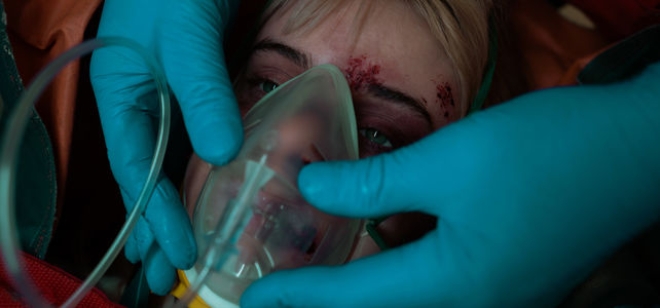Used Emergency Cars Needed in Ukraine
Our Ukrainian colleagues are requesting help to acquire used emergency cars.
#Ukraine is facing with problems related to the lack of emergency cars. Many emergency vehicles were destroyed as they were used to evacuate wounded people, both civilians and military, from the battlefield zone.
Ukrainian Emergency Services need to acquire used cars, that could operate in hot spots and help them to save lives.
If you can help, please contact Dr Mariia Suleman, at the All-Ukrainian Resuscitation Council and Emergency Medicine (ARCEM) #emergencymedicine #paramedics #ambulanceservice






